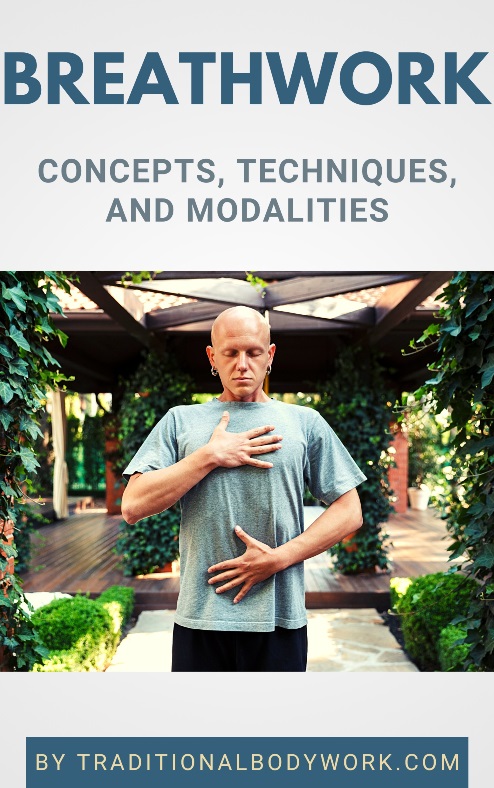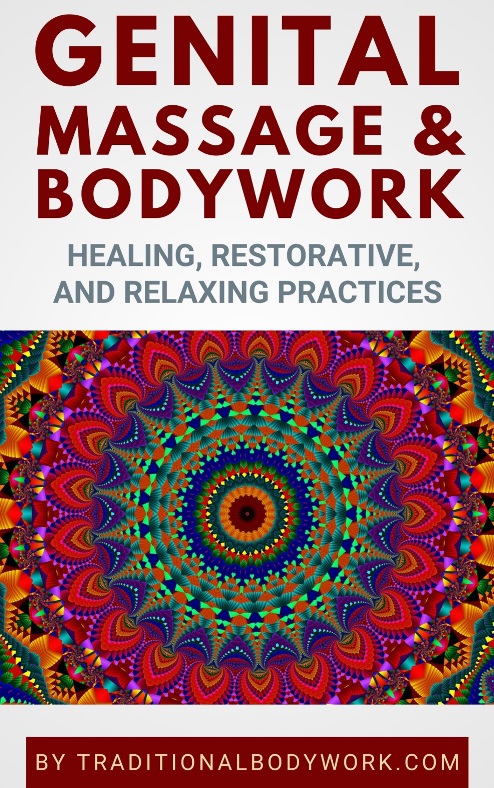
At first sight, there seems to be an obvious difference i.e. distinction between treatment and training with regard to massage, bodywork, and somatic therapies.

For instance, a massage student who’s learning to give professional massage therapy is typically following a massage training course or workshop to be able to responsibly treat future clients/patients.
However, students will likewise receive plenty of massages (that is, they will be regularly treated) during their training, which makes trainings rather an alternation between receiving and giving.
In fact, most massage and bodywork training courses, workshops, and classes are structured in the following way:
- the student watches attentively how the teacher gives a certain set of massage/bodywork techniques to a model/dummy receiver,
- secondly the student will receive those techniques on their own body performed by a co-student so that they experience how a technique feels and so that their co-student can practice the techniques,
- and thirdly the student will apply the techniques on their co-students bodies to learn and practice the techniques, which also benefits their co-students who can then on their turn experience how certain techniques feel.
So, as you can see, massage and bodywork training consists of a continuous alternation between treatment (receiving) and training (practicing to give/apply a set of massage/bodywork techniques).

Interesting enough, more and less the same is increasingly the case in paid treatment sessions. That is, therapists and practitioners who treat their clients often likewise enter the teaching, coaching, or counseling sphere.
For instance, it might be that — apart from the treatment — clients/patients receive certain lifestyle advice from the therapist or a set of exercises to practice themselves at home. Or, the therapist encourages their clients to “consciously and attentively experience and feel” what certain actions/techniques do for them physically, emotionally, and mentally.
As it is, many massage and bodywork treatment types have entered the field of mind-bodywork or somatic therapy; clients participate actively i.e. interactively with the therapist or practitioner and through that learn things about their physical, emotional, and mental state. In short, patients and clients learn things about themselves and moreover — the therapist will guide them to apply certain insights, techniques, and exercises for their own benefit.
Let me give the example of contemporary Tantra Massage. Tantra Massage is a sensual erotic massage treatment modality with a spiritual touch that is performed slowly and consciously and works meticulously with every part of the receiver’s body.
The receiver of Tantric Massage is encouraged to fully and consciously experience the touch of the masseur to not only expand overall body awareness (and hence establishing a better connection between body and mind), but also to experience what certain touch energetically does/evokes in/through their body.

In addition, the receiver is also encouraged to communicate to the masseur what certain touch/techniques of specific parts or their body emotionally or mentally evoke for them. The encouragement to give feedback is done to support the receiver in resurfacing, working through, or digesting emotional issues or trauma, often with a goal of supporting them in acquiring more self-connectedness and improved intimacy and relationship competencies.
A Tantric massage session may also explicitly focus on teaching the receiver rather specific (technical) things. For instance, through orgasmic edging techniques, the Tantra massage therapist not only heightens sensual erotic pleasure for the receiver, but also teaches them how to retain an orgasm (so-called orgasm control) and hence combat occurrences of premature ejaculation.
At any rate, there are many other treatment service modalities that work in a receive-and-learn fashion. To give some examples: Sexological Bodywork, Girlfriend Experience (GFE), Somatic Experiencing, Hakomi Experiential Psychotherapy, Surrogate Partner Therapy, Cuddling Therapy, Body De-Armoring, Body-Oriented Psychotherapy, Somatic Sex & Intimacy Coaching, and Guided Meditation, just to give you a few examples.
The above doesn’t mean that relaxation massage and bodywork and erotic treatments for straightforward stress release/relief and sensual pleasure are disappearing. Not at all.
However, the trend is that clients and therapists/practitioners in addition increasingly ask for treatments that have a more holistic approach. That is, treatments in which both physical and emotional-mental aspects of clients are taken into account with a goal of providing structural health benefits and giving the means or tools for personal growth.

















